Home>Garden Essentials>What Is An Astro Turf
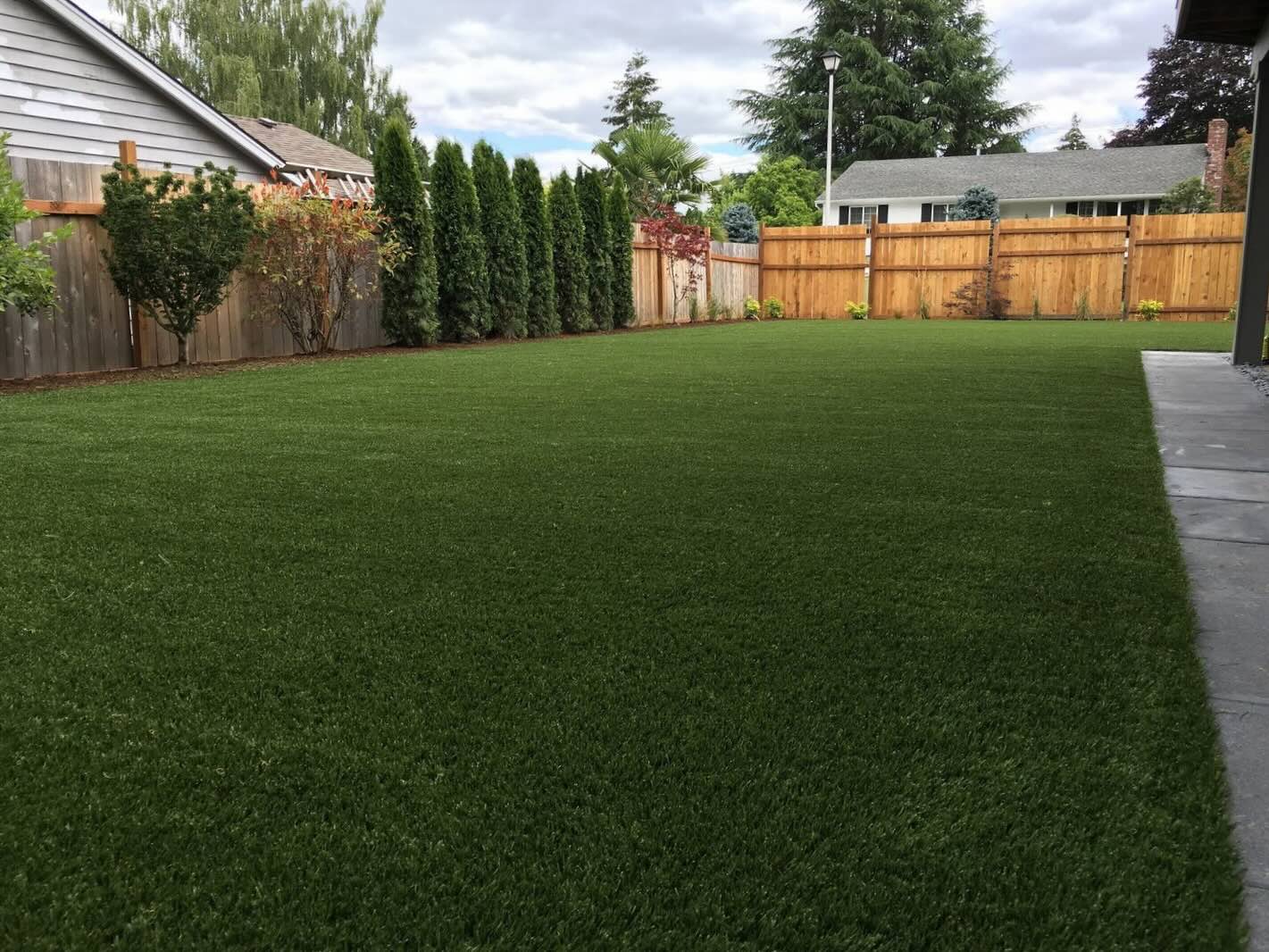

Garden Essentials
What Is An Astro Turf
Modified: March 7, 2024
Enhance your garden with an astro turf, a low-maintenance alternative to natural grass. Get the lush green look without the hassle.
(Many of the links in this article redirect to a specific reviewed product. Your purchase of these products through affiliate links helps to generate commission for Storables.com, at no extra cost. Learn more)
Introduction
Welcome to the wonderful world of Astro Turf! If you’re an avid gardener or have an interest in landscaping, you’ve probably come across this term before. Astro Turf, also known as artificial turf or synthetic grass, is a popular alternative to natural grass. It offers a plethora of benefits that have made it a favorite choice for many homeowners, sports arenas, and commercial spaces.
Astro Turf provides the look and feel of real grass without the hassle of maintenance. Imagine having a lush green lawn year-round, without the need for mowing, watering, or applying harmful chemicals. It sounds like a dream come true, right? But what exactly is Astro Turf, and how did it become such a popular option in the world of landscaping? Let’s dive in and find out!
Key Takeaways:
- Astro Turf is a low-maintenance alternative to natural grass, offering year-round beauty and durability without the need for mowing, watering, or harmful chemicals.
- While Astro Turf reduces water usage and eliminates the need for chemicals, it may have a higher initial cost and require proper maintenance to ensure longevity and appearance.
Read more: What Are The Alternatives To Astro Turf?
Definition of Astro Turf
Astro Turf, also known as artificial turf or synthetic grass, is a surface made of synthetic fibers that mimic the appearance and texture of natural grass. It is designed to be durable, low-maintenance, and resistant to weather conditions. Originally developed for sports fields, Astro Turf has now become widely used in residential and commercial landscaping as well.
Unlike natural grass, which requires regular watering, mowing, and fertilizing, Astro Turf provides a hassle-free alternative. It is typically installed on a base layer of compacted soil or gravel, with an additional layer of cushioning material for added comfort and safety. The synthetic fibers are then woven into a grid-like structure, creating a realistic grass-like appearance.
Modern Astro Turf is manufactured using advanced technology, with improvements made in durability, drainage, and UV resistance. This allows it to withstand heavy foot traffic and varying weather conditions without deteriorating. The fibers used in Astro Turf are often made from materials such as polyethylene or polypropylene, which are not only strong and resilient but also environmentally friendly.
Artificial turf is available in a range of colors and pile heights to suit various applications. It can replicate the look of different types of grass, from short and neat to lush and dense. Whether you’re looking for a pristine lawn for your backyard, a sports field that can withstand intense gameplay, or an attractive landscape for commercial spaces, Astro Turf offers versatility and customization options.
Now that we have a clear understanding of what Astro Turf is, let’s explore its intriguing history and discover how it has evolved over the years.
History of Astro Turf
The history of Astro Turf dates back to the mid-20th century when it was originally developed as a solution for sports fields. The concept of synthetic grass emerged as a way to provide a consistent playing surface regardless of weather conditions. The first prototype of Astro Turf was created by chemist James M. Faria and engineering graduate Robert T. Wright at the University of Mississippi in the 1960s.
However, it wasn’t until the early 1970s that Astro Turf gained popularity and was installed in professional sports stadiums. The Houston Astrodome, a renowned covered stadium, became the first to install Astro Turf on its playing surface in 1966. This marked a significant milestone in the history of artificial turf, as it provided a consistent and durable surface for year-round use, regardless of weather conditions or heavy usage.
Over the years, Astro Turf continued to evolve in terms of design and materials. The initial versions of Astro Turf were made from short, stiff fibers, which did not accurately replicate the look and feel of natural grass. However, advancements in technology and material science led to the development of longer, softer fibers that closely resembled real grass.
By the 1980s, Astro Turf had become a common sight in sports stadiums and arenas, with many professional sports teams opting for artificial turf as their playing surface. It offered several advantages, including improved player safety, reduced maintenance costs, and increased playing hours. Additionally, Astro Turf provided a level playing field, unaffected by weather conditions such as rain or extreme heat, ensuring consistent gameplay.
As the popularity of Astro Turf grew in the sporting world, its application extended to residential and commercial landscaping. Homeowners and businesses embraced the idea of having a perfectly manicured lawn without the hassle of upkeep. Astro Turf quickly became the go-to choice for landscaping projects, offering a visually appealing and low-maintenance alternative to natural grass.
Today, the demand for Astro Turf continues to rise, with advancements in technology making it more realistic and environmentally friendly. As we move forward, it is fascinating to see how Astro Turf has evolved from a groundbreaking innovation to a staple in landscaping and sports surfaces.
Types of Astro Turf
Astro Turf comes in a variety of types, each offering unique attributes to suit different applications and preferences. Whether you’re looking for a lush, realistic grass-like appearance or a durable surface for sports activities, there is an Astro Turf option for you. Let’s explore some of the most common types:
-
Nylon Astro Turf:
Nylon Astro Turf is a top choice for heavy foot traffic areas and sports fields. It is incredibly resilient, with excellent durability and resistance to wear and tear. Nylon fibers provide superior resilience and can withstand intense use, making them ideal for sports such as soccer, football, and baseball. However, nylon Astro Turf may have a slightly less natural look compared to other materials.
-
Polyethylene Astro Turf:
Polyethylene (PE) Astro Turf offers a soft and realistic feel, closely resembling natural grass. It is commonly used for residential landscaping and recreational areas. Polyethylene fibers are soft to the touch and provide a lush and natural appearance. This type of Astro Turf is often a popular choice among homeowners who desire a perfectly manicured lawn without the maintenance.
-
Polypropylene Astro Turf:
Polypropylene (PP) Astro Turf is known for its affordability and versatility. While it may not have the same level of durability as nylon or the softness of polyethylene, it is still a popular option for small residential areas or temporary installations. Polypropylene fibers are lightweight and resistant to UV rays, making them suitable for outdoor use.
-
Hybrid Astro Turf:
Hybrid Astro Turf combines the best features of different materials to create a high-performance surface. It may consist of a blend of nylon and polyethylene fibers to provide excellent durability, resilience, and a realistic appearance. Hybrid Astro Turf is often used in professional sports venues and high-traffic areas that require a balance between durability and aesthetics.
-
Colored Astro Turf:
In addition to the traditional green color, Astro Turf is available in a range of shades and colors. This allows for creativity in landscaping and design projects. Colored Astro Turf can be used to create patterns, logos, or highlight specific areas. It adds a vibrant and unique touch to any space, making it a popular choice for commercial applications.
When choosing the right type of Astro Turf, consider factors such as intended use, desired aesthetics, and budget. Consulting with a professional landscaper or Astro Turf supplier can help you make an informed decision based on your specific needs. Regardless of the type you choose, Astro Turf provides a low-maintenance and visually appealing alternative to natural grass.
Benefits of Astro Turf
Astro Turf, or artificial grass, offers numerous benefits that make it an attractive option for homeowners, sports facilities, and commercial spaces. Let’s explore some of the key advantages of choosing Astro Turf over natural grass:
-
Low Maintenance:
One of the primary benefits of Astro Turf is its low maintenance requirements. Unlike natural grass, which requires regular mowing, watering, and fertilizing, Astro Turf needs minimal upkeep. You can say goodbye to spending hours on lawn maintenance tasks and welcome more free time to enjoy your outdoor space.
-
All-Weather Use:
Astro Turf is designed to withstand various weather conditions, ensuring that you can use your outdoor space regardless of the season. It can handle heavy rain without turning into a muddy mess and endure strong sunlight without fading or drying out. This makes Astro Turf perfect for areas with extreme climates.
-
Durability:
Artificial grass is highly durable, making it an excellent choice for high-traffic areas and sports facilities. It can withstand constant use, including intense sports activities, without losing its shape or quality. Additionally, Astro Turf is resistant to wear and tear, making it a long-lasting investment.
-
No Need for Chemicals:
Unlike natural grass that requires fertilizers, pesticides, and herbicides to keep it healthy, Astro Turf eliminates the need for these chemicals. This means you can create a safer and more environmentally friendly outdoor space for your family and pets.
-
Water Conservation:
With the growing concern for water conservation, Astro Turf is an excellent choice for reducing water usage. Natural grass requires significant amounts of water to maintain its lush appearance, especially in dry regions. By opting for artificial grass, you can significantly reduce your water consumption and contribute to water conservation efforts.
-
Year-Round Beauty:
Astro Turf provides a beautifully manicured lawn all year round. It remains vibrant and green even during the winter months when natural grass becomes dormant. Your outdoor space will always look inviting, no matter the season.
-
Allergen-Free:
For individuals with allergies to pollen or grass, Astro Turf offers a hypoallergenic alternative. The absence of natural grass reduces the risk of allergic reactions, allowing everyone to enjoy the outdoors comfortably.
By choosing Astro Turf, you can enjoy the beauty of a well-maintained lawn without the time and effort required to maintain natural grass. From saving water to reducing the use of chemicals, Astro Turf offers a range of benefits that make it an attractive option for both residential and commercial spaces.
AstroTurf is a brand of artificial turf used for sports fields. It’s made of synthetic fibers and provides a consistent playing surface. Regular maintenance is important to keep it in good condition.
Read more: What Is Astro Turf Made Of
Drawbacks of Astro Turf
While Astro Turf has numerous advantages, it is important to consider its drawbacks as well. Here are some potential disadvantages of choosing artificial grass:
-
Higher Initial Cost:
Compared to natural grass, the initial cost of installing Astro Turf can be higher. This includes the cost of materials, labor, and any additional cushioning or drainage layers. However, it is important to weigh this against the long-term savings in maintenance and water usage.
-
Artificial Appearance:
While Astro Turf has come a long way in terms of realism, some may argue that it still does not match the natural beauty and texture of real grass. Despite improvements in technology, there may still be a discernible difference in appearance for those with a keen eye for detail.
-
Heat Retention:
Artificial grass has the tendency to retain heat, especially in direct sunlight. This can make the surface of the synthetic grass hot to the touch, potentially making it uncomfortable to walk or play on, particularly during scorching summer days. However, this can be mitigated by choosing lighter-colored turf or opting for cooling infill materials.
-
Requires Proper Drainage:
If not installed correctly with proper drainage systems, Astro Turf can be prone to water accumulation and inadequate drainage. This can result in water pooling, which may affect the durability and lifespan of the turf. It is crucial to ensure that the installation includes appropriate measures to facilitate proper drainage.
-
Not Biodegradable:
Unlike natural grass, which decomposes and contributes to the ecosystem, Astro Turf is not biodegradable. When it reaches the end of its lifespan, it requires proper disposal. However, it’s worth noting that some manufacturers have made efforts to develop more eco-friendly and recyclable varieties of artificial grass.
-
Potential for Bacterial Growth:
Without regular cleaning and maintenance, Astro Turf can become a breeding ground for bacteria, mold, and mildew. It is important to regularly clean and disinfect the surface to ensure a safe and hygienic environment, especially in areas where children or pets play.
While these drawbacks should be considered, they can often be mitigated with proper installation, maintenance, and choosing high-quality Astro Turf. It’s essential to weigh the pros and cons based on your specific needs and priorities before deciding whether artificial grass is the right choice for your outdoor space.
Maintenance of Astro Turf
One of the key advantages of Astro Turf is its low maintenance requirements compared to natural grass. However, it does require regular care to ensure its longevity and keep it looking its best. Here are some essential maintenance practices for Astro Turf:
-
Regular Brushing:
Brushing the Astro Turf regularly helps to maintain its upright position and prevent flattening of the fibers. Use a stiff brush or a broom with synthetic bristles and brush against the grain to keep the grass looking lush and natural.
-
Removing Debris:
Remove any debris such as leaves, twigs, or dirt that may accumulate on the surface of the Astro Turf. This can be done using a leaf blower or a garden vacuum. This will prevent the debris from decaying and potentially causing staining or damage to the turf.
-
Cleaning Spills:
In the event of spills or stains, clean them promptly to prevent permanent discoloration. Use a mild detergent mixed with water to gently scrub the affected area. Rinse thoroughly with clean water to remove any residue.
-
Preventing Weed Growth:
While Astro Turf is resistant to weed growth, occasional weeds may still find their way through the drainage holes. Regularly inspect the turf and remove any weeds promptly to prevent them from taking root.
-
Managing Pet Waste:
If you have pets, promptly remove any solid waste from the Astro Turf and hose down the area to ensure proper sanitation. This will help prevent odor and bacterial buildup on the turf.
-
Preventing Compaction:
Regularly fluff and loosen the fibers of the Astro Turf to prevent compaction. This can be done using a rake or a specialized brush designed for artificial grass. Fluffing the fibers will help maintain the natural appearance and feel of the turf.
-
Professional Maintenance:
Periodically, consider hiring a professional Astro Turf maintenance service. They can perform deep cleaning, reapplying infill materials, inspecting for any damage or wear, and ensuring that the turf is in optimal condition.
Following these maintenance practices will help to keep your Astro Turf looking fresh and vibrant for years to come. Regular care and attention will ensure that it retains its original appearance and provides a pleasant and functional outdoor space for you to enjoy.
Environmental Impact of Astro Turf
Astro Turf offers various benefits in terms of water conservation and reduced use of chemicals. However, it is essential to consider its overall environmental impact and sustainability. Here are some key factors to consider:
-
Water Usage:
Astro Turf significantly reduces water usage compared to natural grass, which requires regular watering to maintain its lush appearance. By opting for artificial grass, you can contribute to water conservation efforts and help mitigate water scarcity issues in water-stressed regions.
-
Chemical Usage:
With Astro Turf, there is no need for fertilizers, pesticides, or herbicides, which are commonly used on natural grass lawns. By eliminating the use of these chemicals, you create a safer and healthier environment for your family, pets, and surrounding ecosystem.
-
Carbon Footprint:
The production and disposal of Astro Turf can have a carbon footprint due to the manufacturing process and the materials used. However, advancements in technology have led to more eco-friendly production methods and recyclable materials. Choosing an Astro Turf product that is made from recycled materials can further reduce its environmental impact.
-
Heat Island Effect:
Astro Turf has the potential to contribute to the urban heat island effect. Synthetic grass can absorb and retain heat, which can increase the temperature in urban areas. However, this can be mitigated by choosing lighter-colored turf or using cooling infill materials that reflect sunlight and reduce heat buildup.
-
Disposal:
When Astro Turf reaches the end of its lifespan, it requires proper disposal. It is not biodegradable and may contribute to landfill waste if not disposed of correctly. However, some manufacturers have developed recycling programs to repurpose old artificial turf and minimize waste.
-
Biodiversity:
Astro Turf does not provide the same habitat for insects, birds, and small animals as natural grass does. These ecosystems are essential for biodiversity and the overall health of the environment. However, incorporating native plants, creating wildlife-friendly areas, or leaving sections of natural grass can help mitigate this concern.
It’s important to carefully consider the environmental impact of Astro Turf and weigh it against the potential benefits. Opting for eco-friendly options, such as those made from recycled materials or choosing sustainable installation practices, can help reduce the overall environmental footprint of artificial grass.
Overall, while Astro Turf provides water savings and eliminates the need for harmful chemicals, its production and disposal processes should be managed responsibly to minimize its environmental impact.
Conclusion
Astro Turf, also known as artificial turf or synthetic grass, offers numerous benefits and has become a popular choice for homeowners, sports facilities, and commercial spaces. It provides a low-maintenance alternative to natural grass while still offering the appearance and functionality of a lush green lawn.
Throughout this article, we have explored the definition and history of Astro Turf, delved into the different types available, and discussed its advantages and drawbacks. Astro Turf offers a range of benefits, including reduced maintenance, all-weather use, durability, water conservation, and freedom from harmful chemicals.
While Astro Turf has its advantages, it’s important to consider its potential drawbacks, such as the higher initial cost, the artificial appearance compared to natural grass, heat retention, and the need for proper drainage. Understanding these factors will help you make an informed decision when considering Astro Turf for your outdoor space.
Additionally, we have discussed the importance of proper maintenance to ensure the longevity and appearance of Astro Turf. Regular brushing, removing debris, cleaning spills, preventing weed growth, and managing pet waste are all important steps to keep your artificial grass looking its best.
When considering the environmental impact of Astro Turf, it offers benefits such as water conservation and reduced chemical usage. However, it’s crucial to consider its overall carbon footprint, heat island effect, and proper disposal methods to minimize environmental harm.
In conclusion, Astro Turf can be a fantastic solution for those seeking a low-maintenance, visually appealing lawn. By considering the variety of options available, assessing the specific needs of your space, and implementing proper maintenance practices, you can enjoy the benefits of Astro Turf while minimizing its drawbacks and environmental impact.
Remember, regardless of your choice between natural grass or Astro Turf, it’s important to create an outdoor space that suits your lifestyle, showcases your personal style, and contributes positively to the environment.
Frequently Asked Questions about What Is An Astro Turf
Was this page helpful?
At Storables.com, we guarantee accurate and reliable information. Our content, validated by Expert Board Contributors, is crafted following stringent Editorial Policies. We're committed to providing you with well-researched, expert-backed insights for all your informational needs.
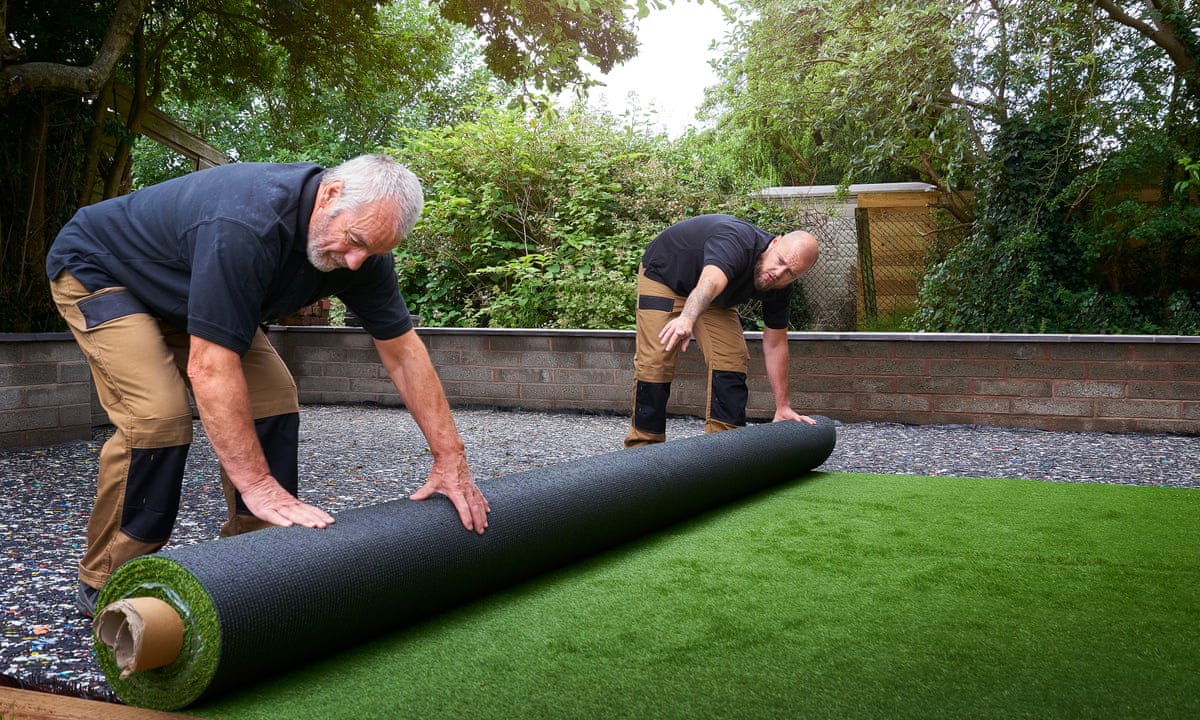
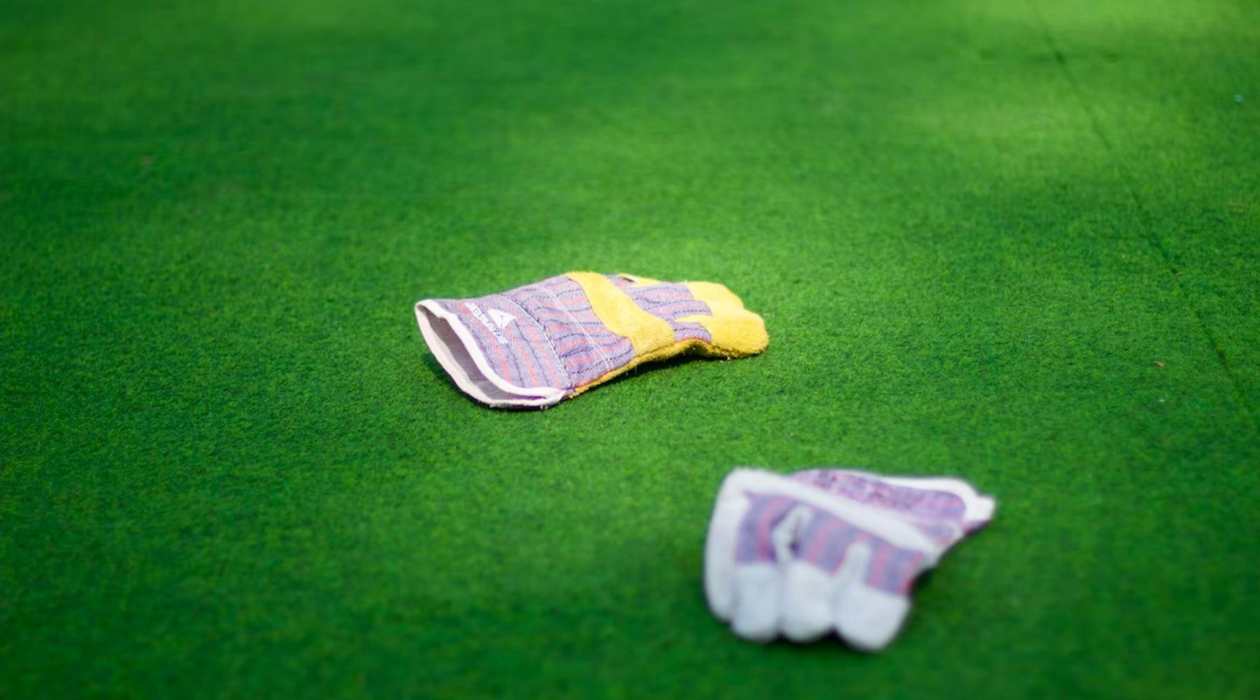
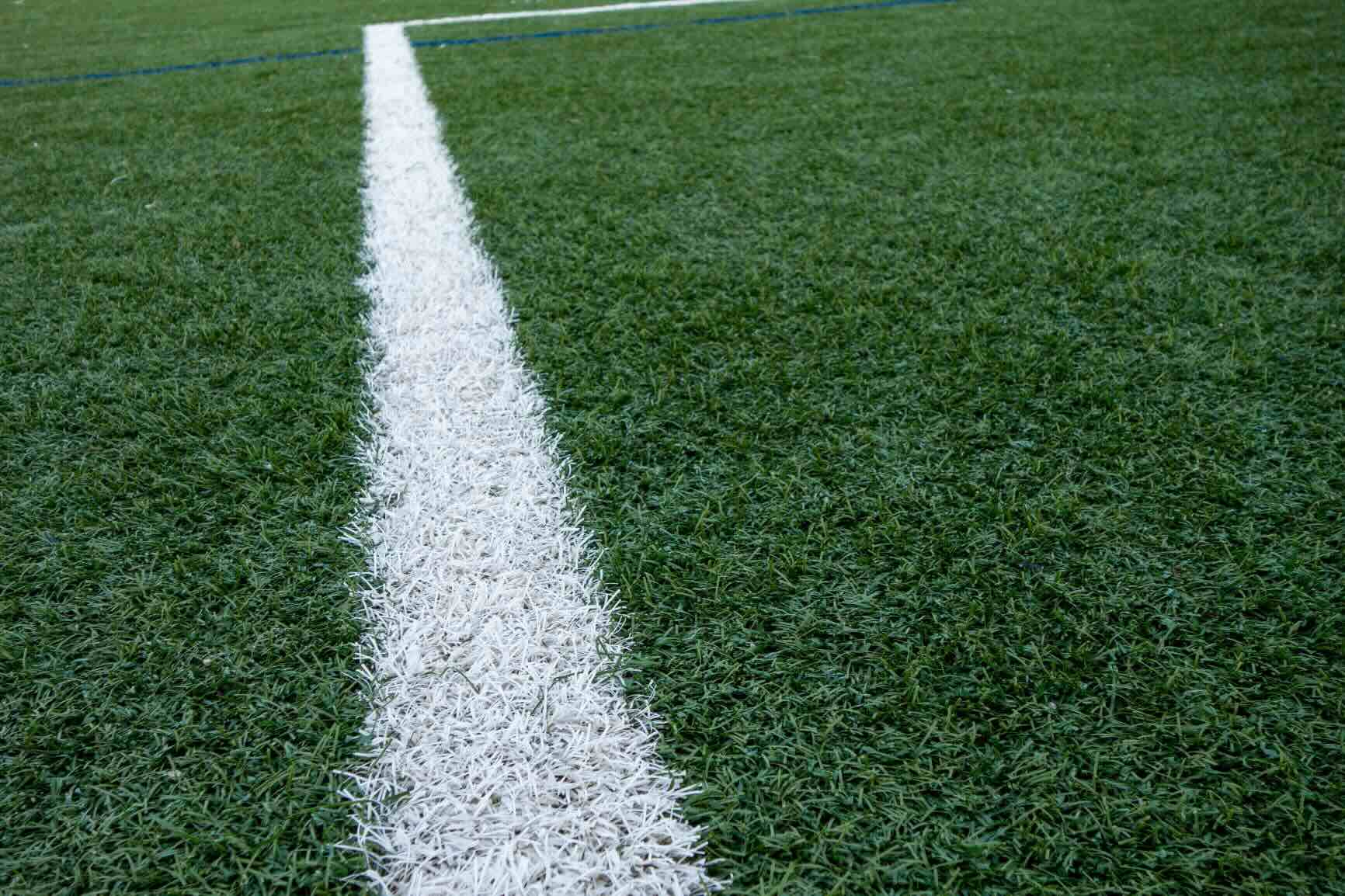
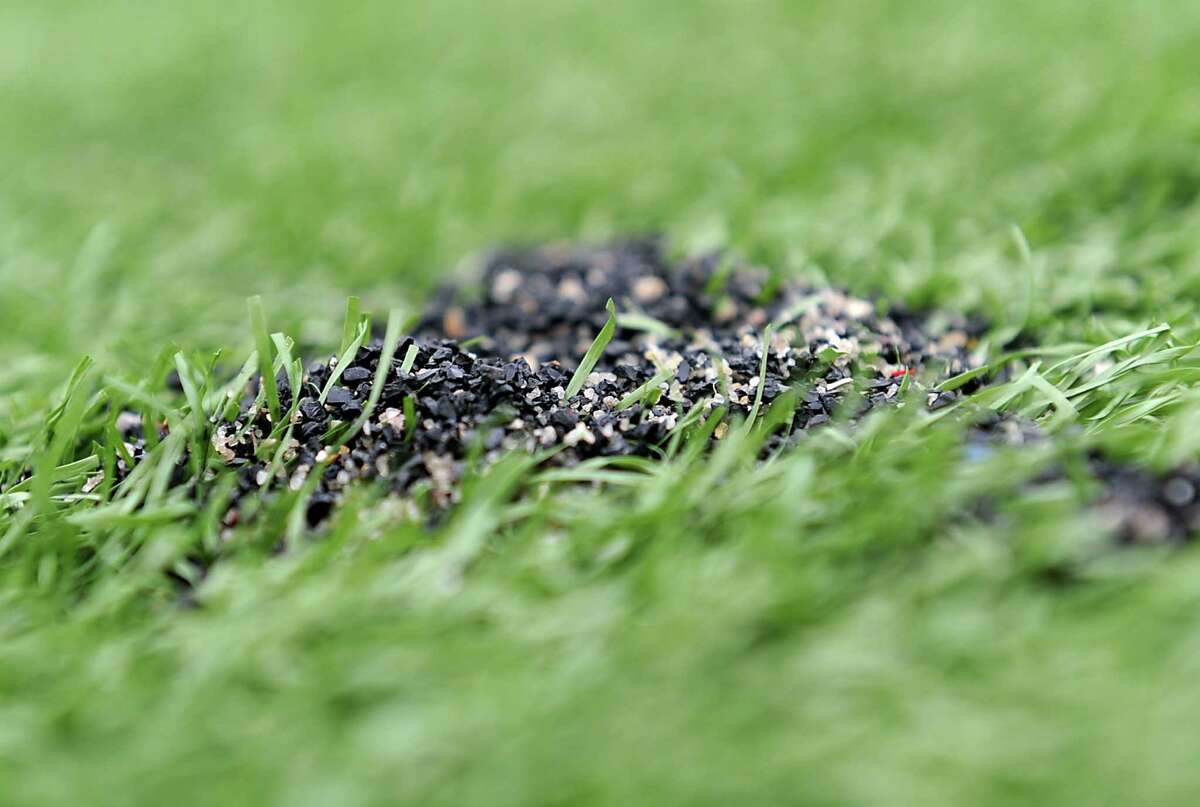
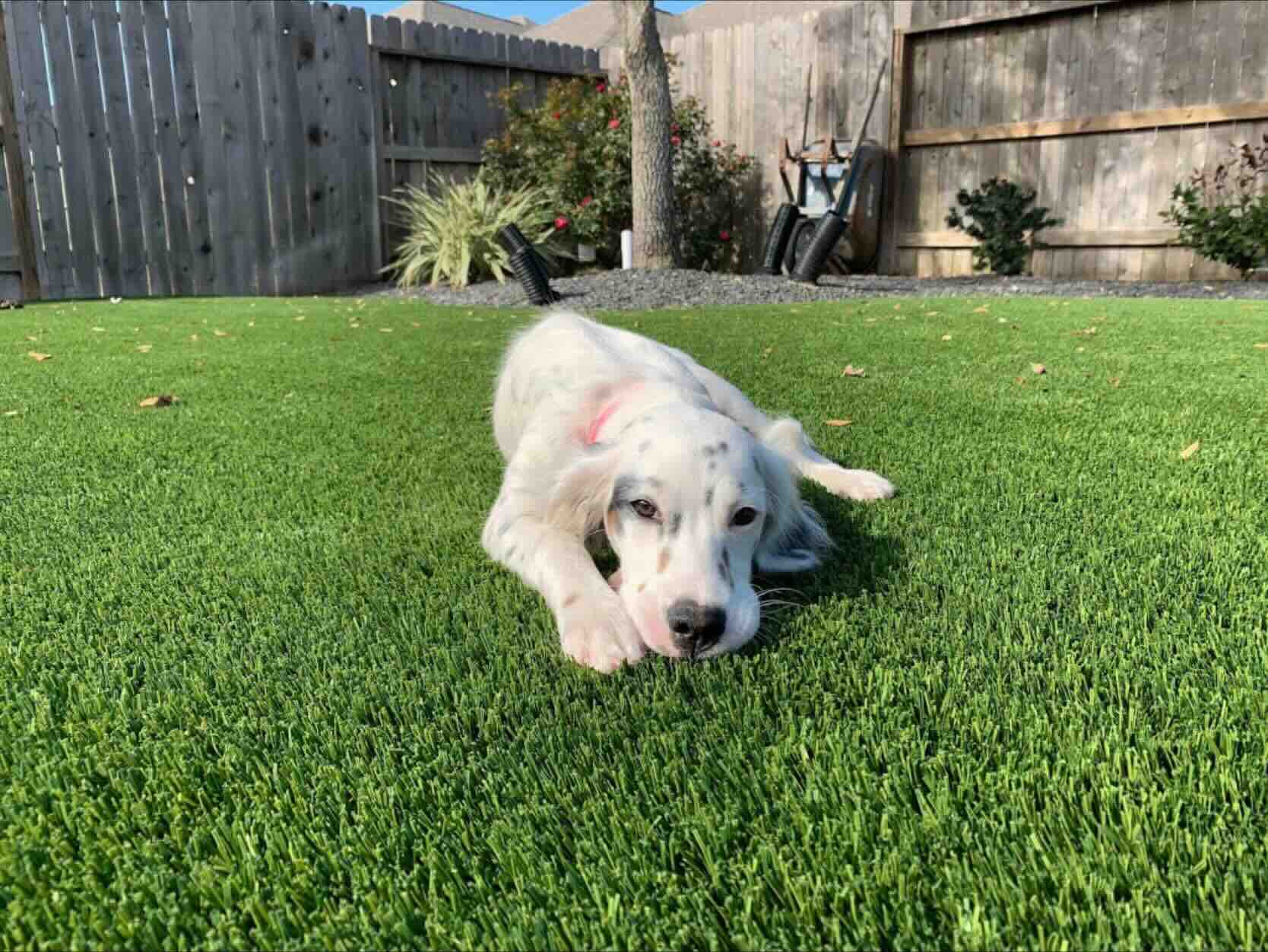
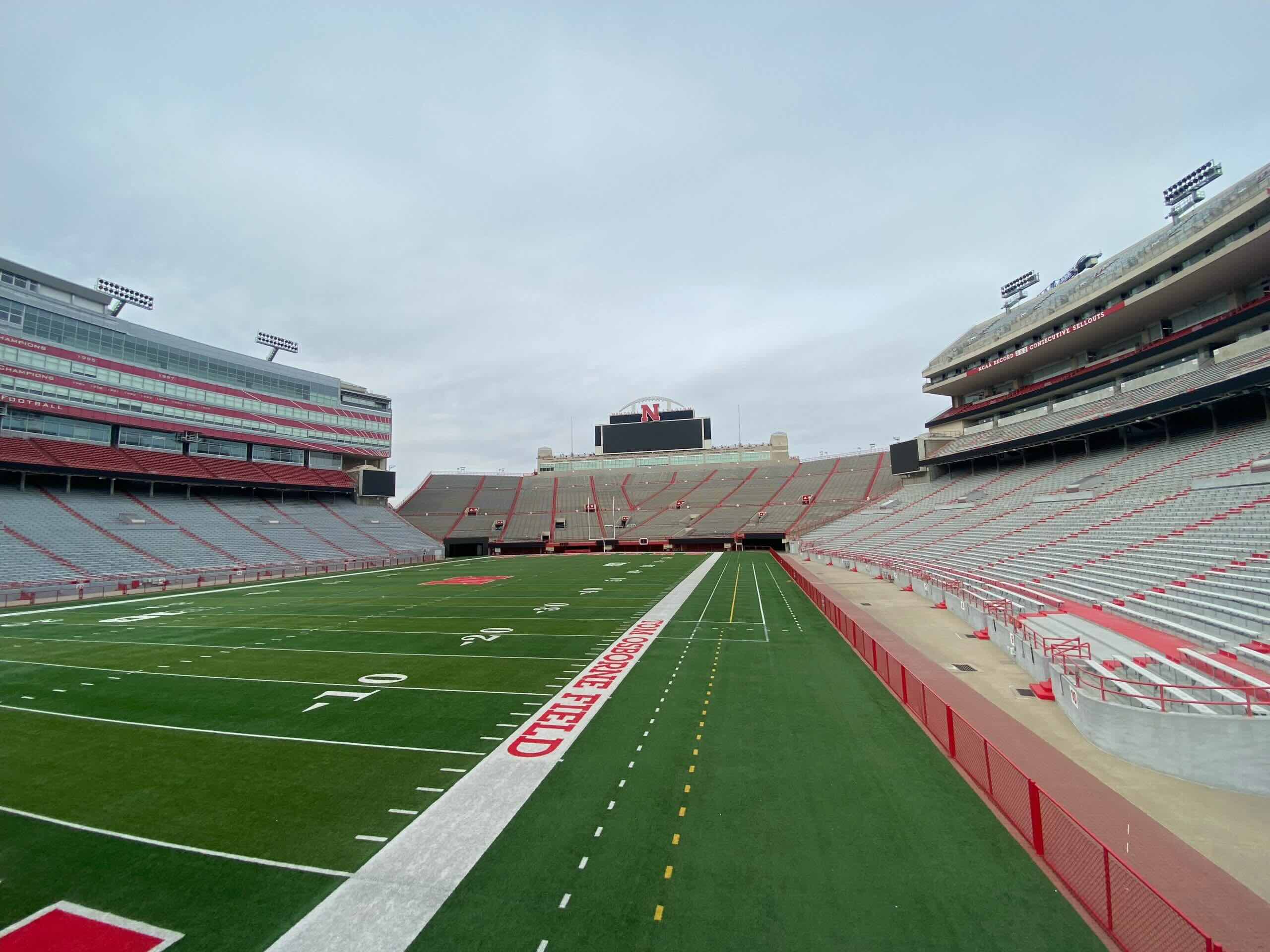
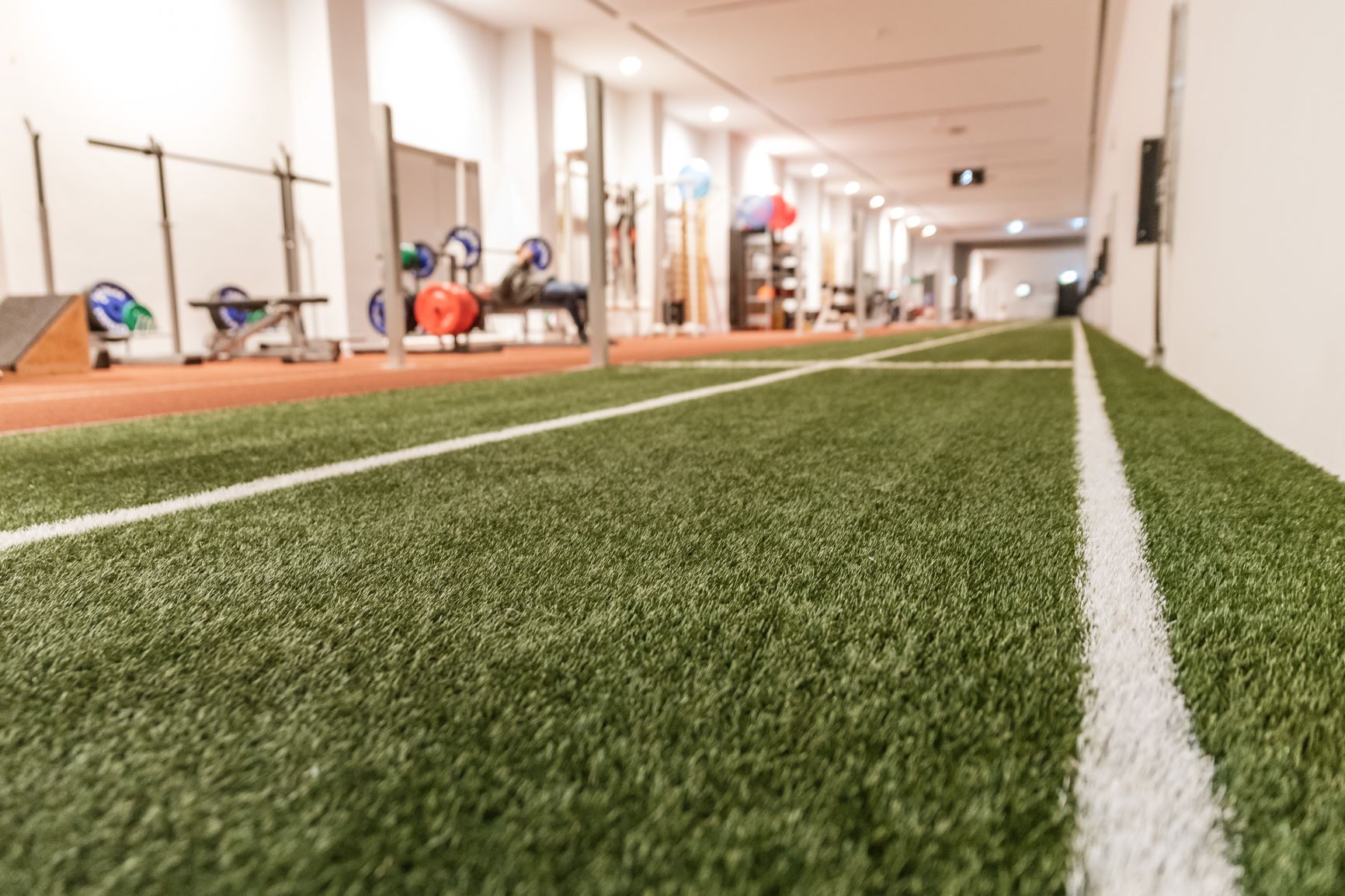
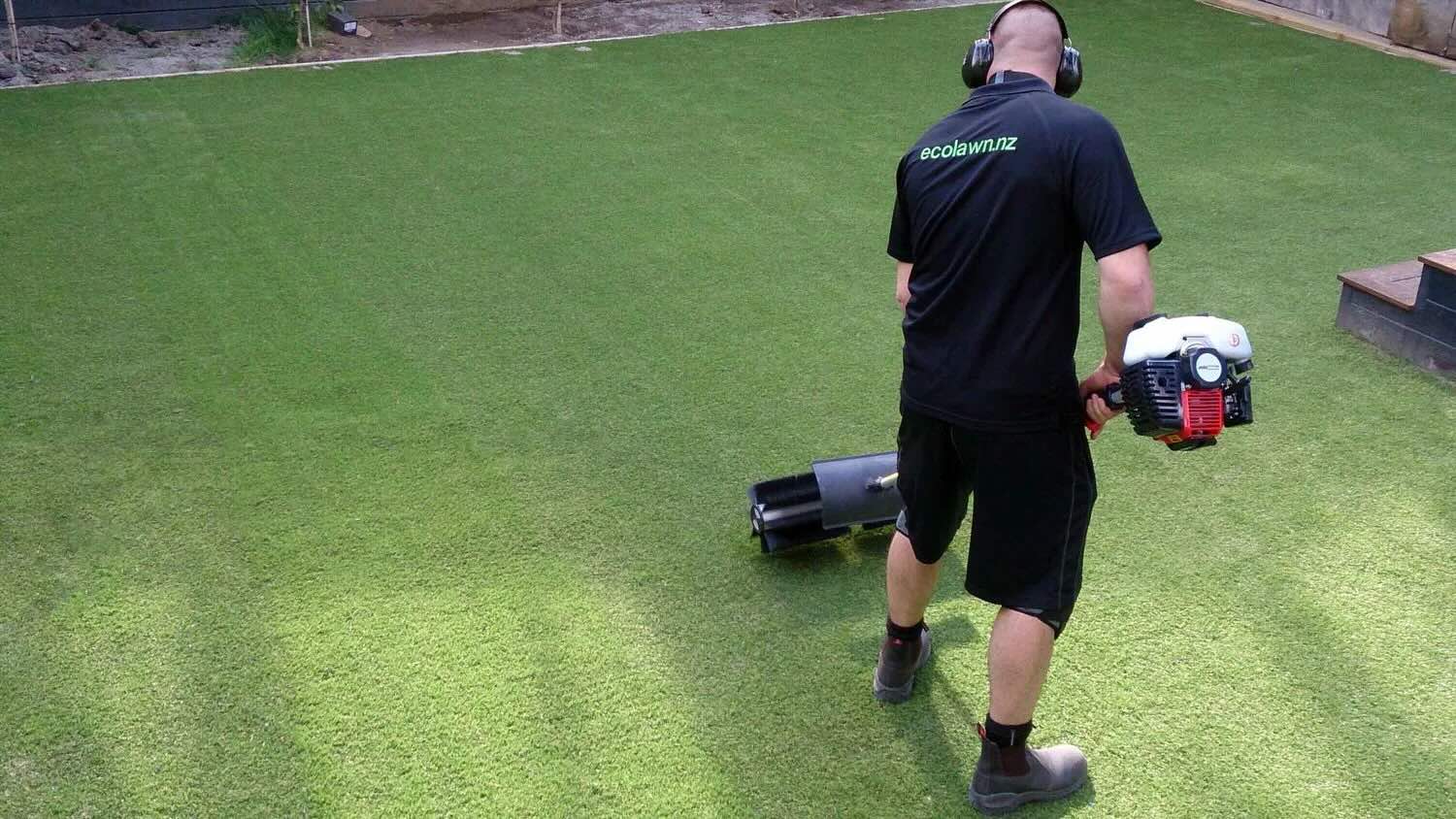
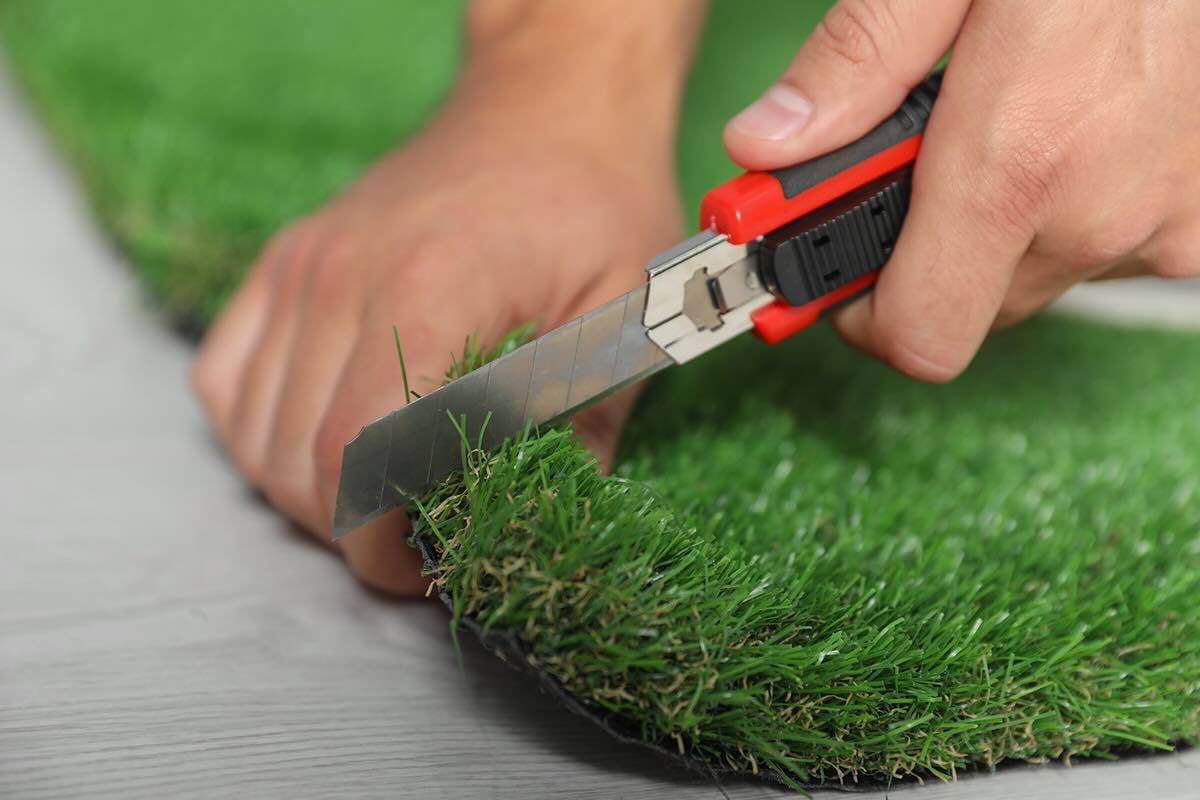
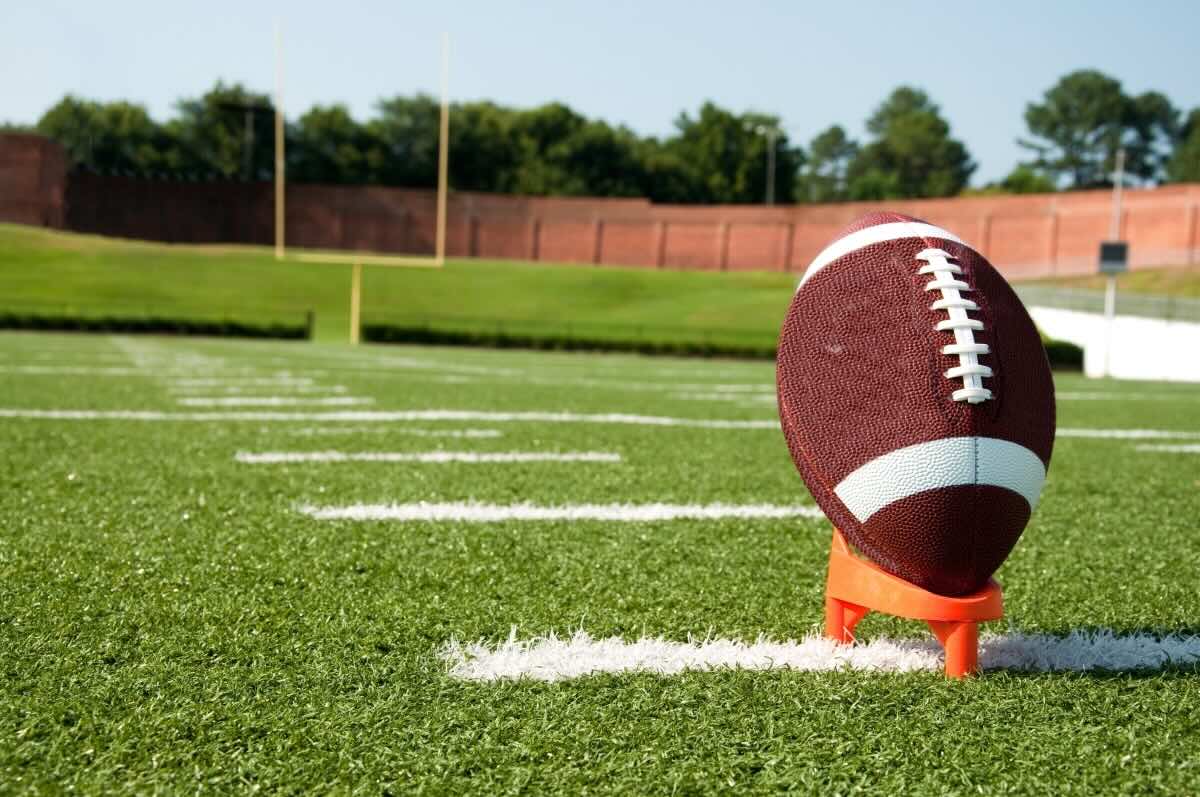
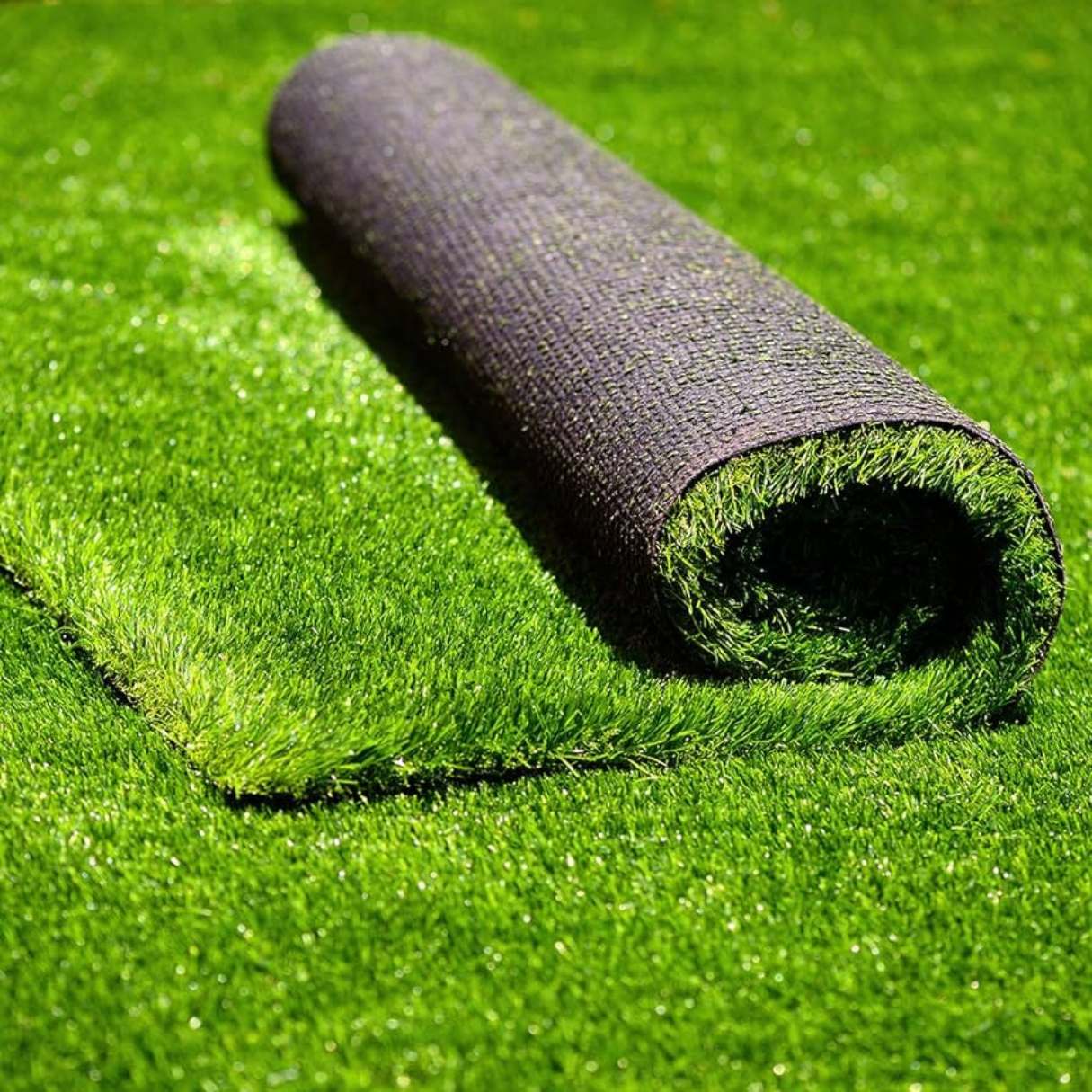
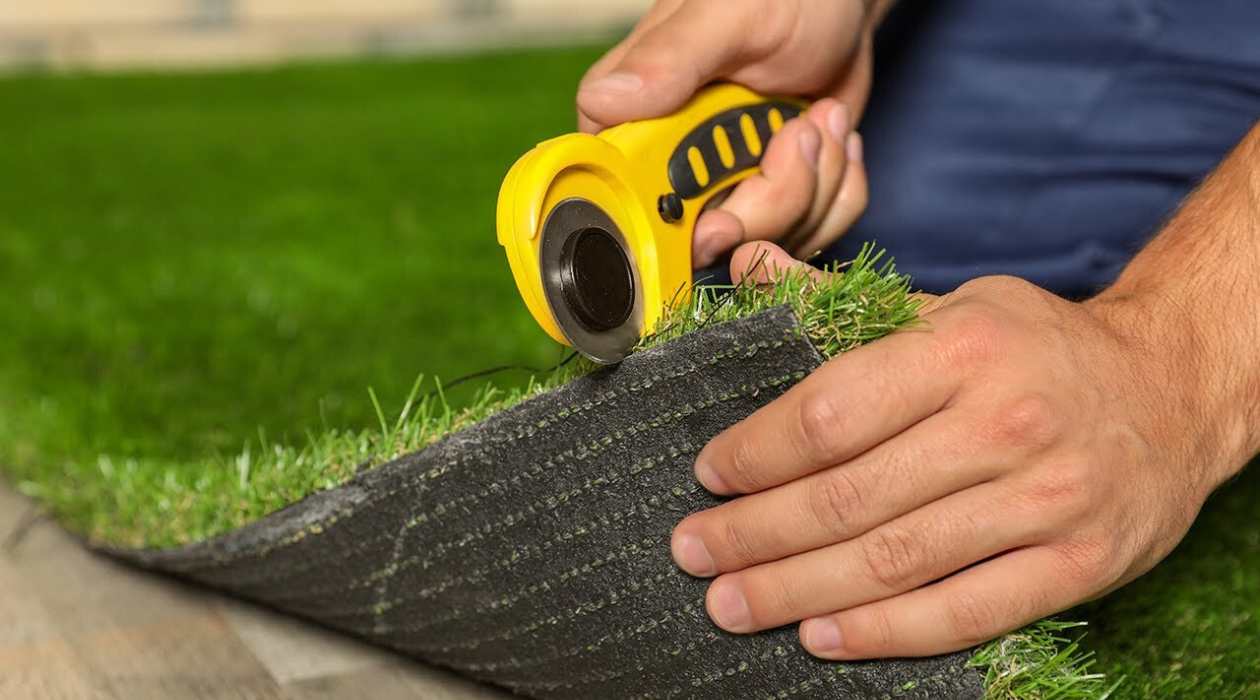
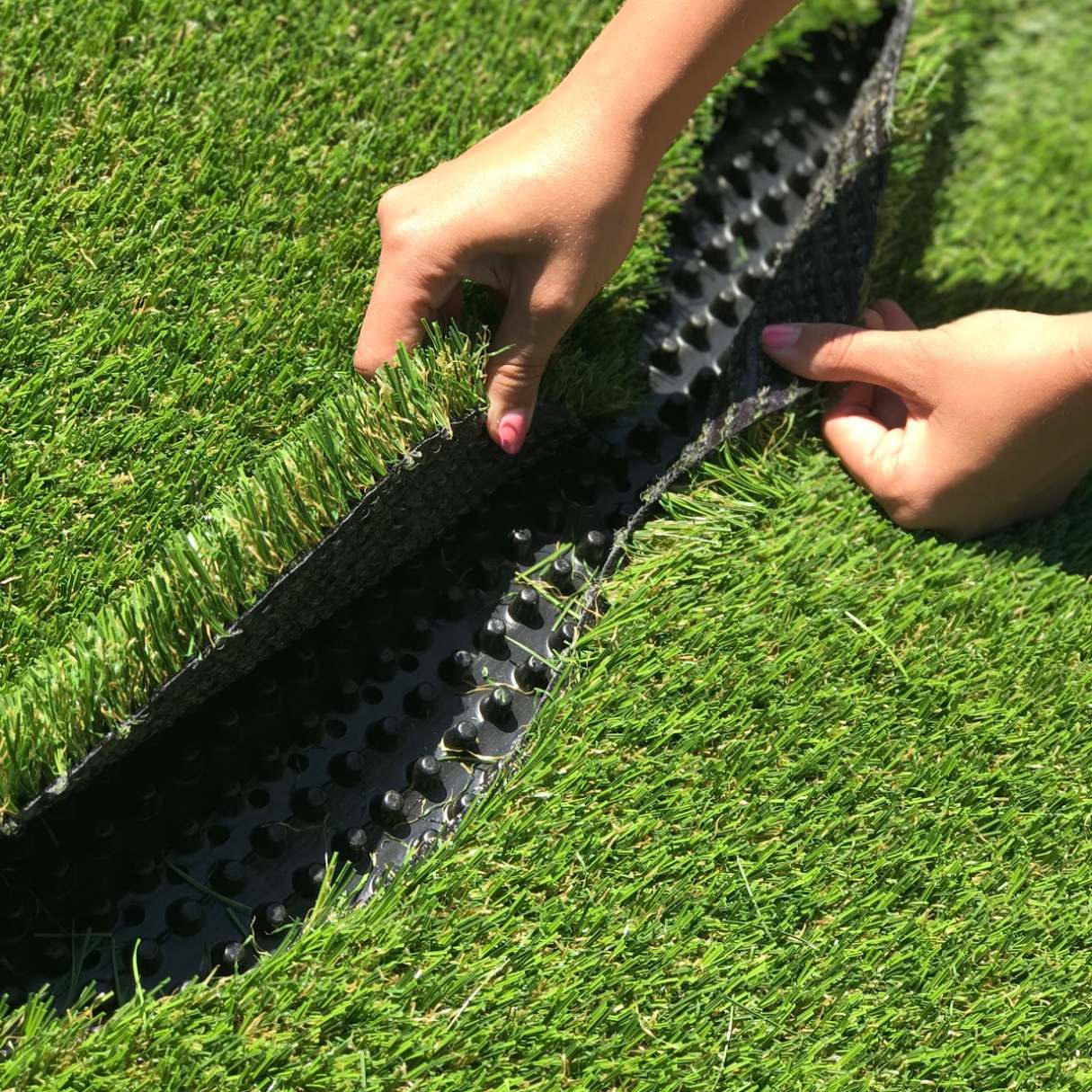
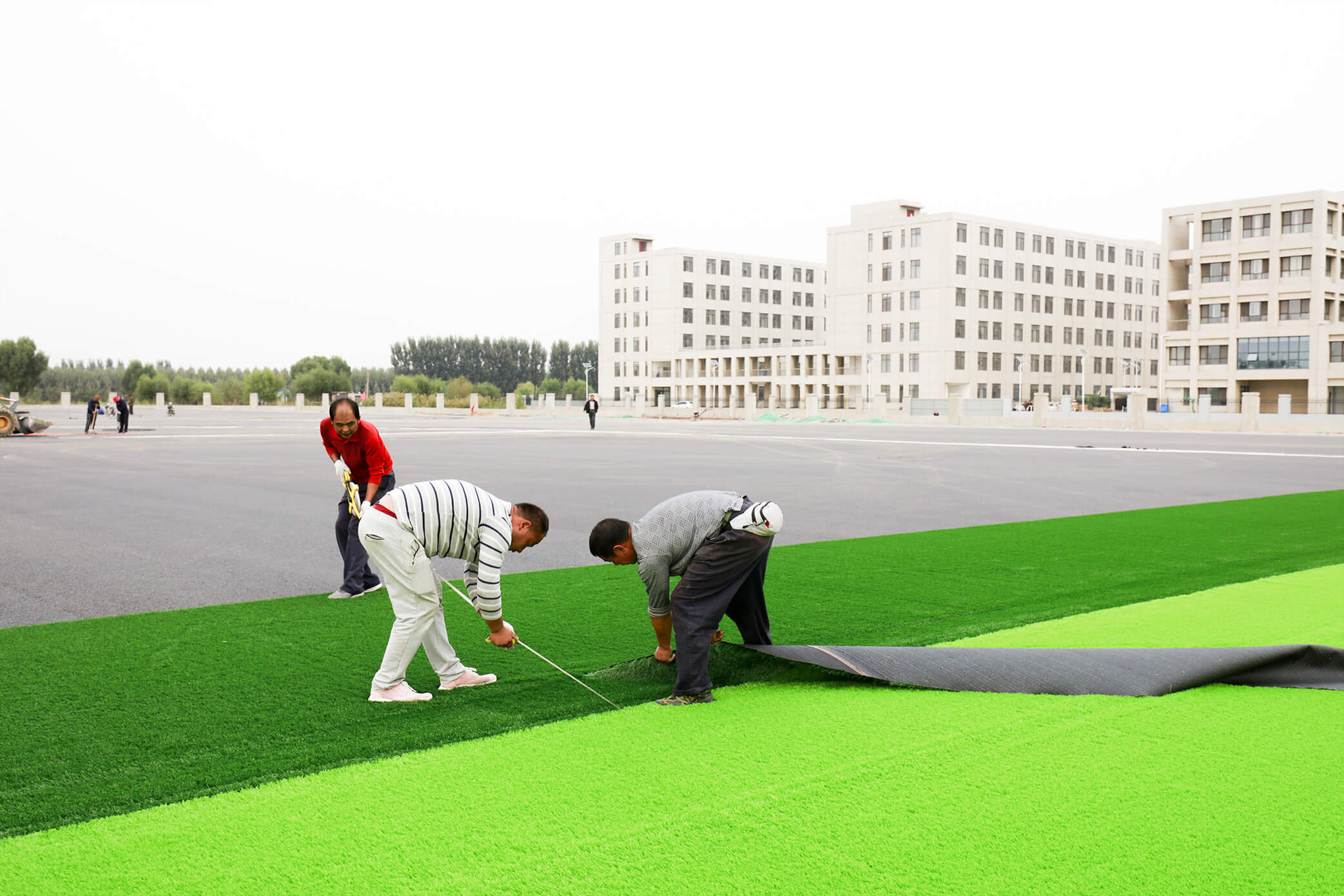

0 thoughts on “What Is An Astro Turf”